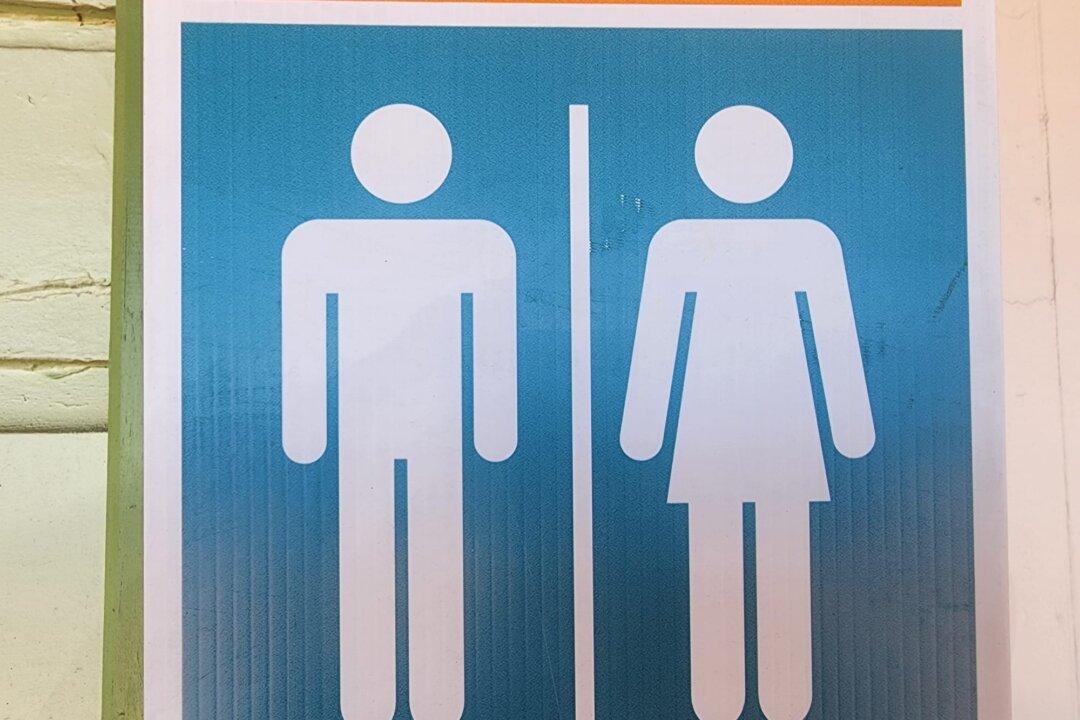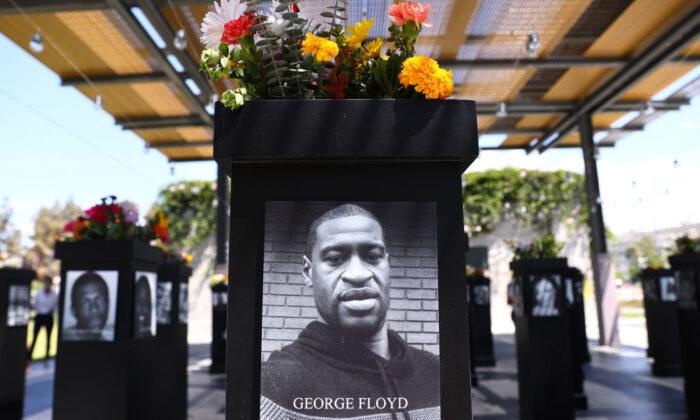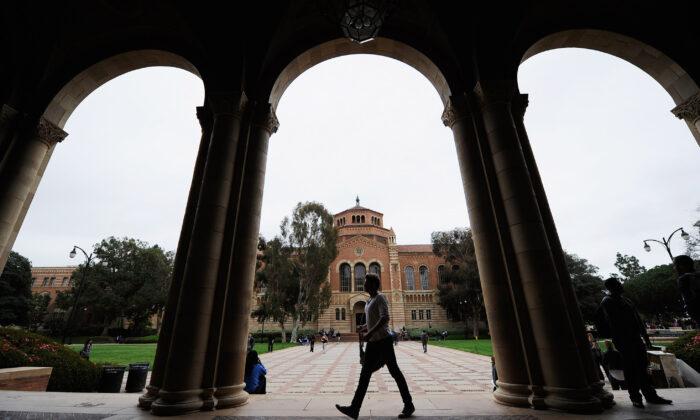Fraud is a permanent part of life. There will always be people who seek illicit advantage by representing themselves as something they are not or promising to do something they don’t intend to do. No area of human life is immune: Financiers, doctors, teachers, car mechanics, plumbers, bridegrooms—there will always be frauds among them. So it’s puzzling when we are told that there is one area of human life where fraud can’t exist.
Transgender activists tell us that if a man says he is a woman, we absolutely must believe him—always, without exception. Let’s be clear about what this means. Even if we were to accept the entirety of the transgender thesis that men can become women if they sincerely believe they are, it still doesn’t follow that every transgender claim must be accepted as genuine. To decide in principle, without scrutiny of the individual case, that not a single claim may be doubted would make transgenderism unique in human affairs. You can question anything else that someone says, but not this.
Why? Is it because nobody could gain an illicit advantage by claiming to be transgender? That is clearly not so. Male felons will have a much easier life in a women’s prison. Mediocre male athletes will benefit greatly by claiming to be female—they can become world-class overnight. Predatory males gain by getting access to places of female sanctuary such as locker rooms. In all these cases, there are powerful motivations for fraud, which means that there will be fraud.
Do we see compelling evidence of fraud in some transgender claims? You’d have to be blind not to. Biologically male felons have gained access to female prisons and impregnated female prisoners—that’s predatory heterosexual male, not female, behavior. Some males who have gained access to female changing rooms by claiming to be women have been reported to sit idly on a bench ogling the disrobing women and exposing themselves. Again, predatory male, not female behavior. And when biological males exploit the strength advantage of their male bodies to easily defeat female athletes, they don’t seem to be showing any fellow feeling for women—they look more like bullies exploiting their masculine strength advantage to gain athletic triumphs they could never achieve as males.
Why is the transgender lobby so insistent that every single claim to be a female made by a male must be accepted as sincere? Why are we not allowed to consider the possibility of fraud, even when it’s glaringly obvious?
The answer to this conundrum is probably that transgender activists know it’s hard to convince most people that a man can become a woman just by identifying as one, and so they keep up an unremitting insistence that we simply must believe. But in the grip of this overwhelming need to demand belief, they lose sight of the fact that there are bound to be cases where we—and they, too—should not believe. A public already inclined to skepticism will become even more skeptical when transgender advocates are seen to be protecting fraudsters.
When transgender activists won’t acknowledge that some transgender claims may be fraudulent, they give new opportunities, and cover, to peeping toms, flashers, lechers, cheats, and bullies—the sort who have always preyed on young women and now have active assistance from the very people who want us to believe that they are uniquely compassionate and enlightened.







